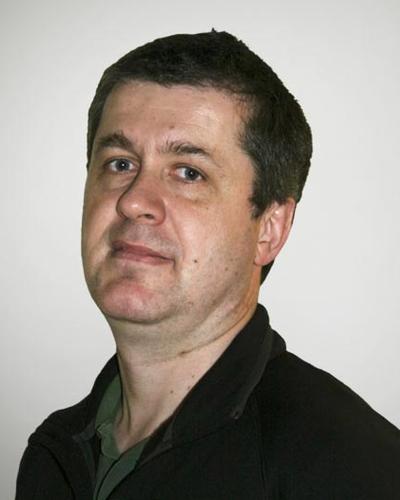Viscoacoustic Imaging and Full Waveform Inversion for Monitoring of Gas and Fluid Movement in Faults
This Master's project was designed for Andreas Skartveit who started his Master's program in Earth Sciences, UiB, in the fall semester 2023. The Master's project is given by the research group Geophysics.
Hovedinnhold
Project description
Motivation (background):
Monitoring of movement of fluids and gases, like CO2, in the subsurface is important but also quite challenging. This problem arises in many situations in the geosciences, such as movement of fluids/gases in magmatic and hydrothermal systems near mid-ocean ridges and arc/hotspot volcanoes and of fluids/gases, like supercritical CO2, that have been injected into aqueous reservoirs. The latter is of great interest because of its potential to reduce the amount of CO2 in the atmosphere. Geophysical monitoring methods, and especially seismics, are a crucial part of this monitoring. The simplest seismic methods assume acoustic wave propagation through the subsurface. However, in practice the medium is viscoacoustic/viscoelastic. This has to be taken into account, especially in and near faults, but that is not standard, and there are a number of choices that have to be made. The goal of this project is to develop modeling and inversion methods for viscoacoustic and viscoelastic media and apply this to a fault model that contains CO2.
Hypothesis (scientific problem):
Subsurface structures are routinely obtained using seismic imaging techniques. These are not very detailed however, especially with regards to relatively thin and dipping structures like fault zones. There is therefore a trend towards the use of more accurate, but also much more complicated and expensive (in terms of computation time), full waveform inversion (FWI) algorithms. FWI are not yet routine and several aspects of FWI still are an intensive topic of research. Two of these aspects, which are likely to be closely related are determination of fault structure and attenuation. Attenuation to some extent is taken into account in imaging algorithms. However, in many areas, such as fault zones affected by fluid substitution, more detailed and finer attenuation models are required. Thus attenuation needs to be taken into account in both the background model as well as the inversion. The scientific problem then becomes how to do this in an optimal way.
Test (work):
In this project various types subsurface models involving fault zones related to CO2 substitution, such as the Vette fault in Smeaheia, will be developed. These models will have visco-elastic properties derived using rock physics data from the area and will be used as input model to viscoacoustic/elastic finite difference modeling and ray-Born modeling codes. The manner in which attenuation is taken into account in these modeling codes is quite different and therefore particular attention will be given to the synthetic data that is generated (both for Smeaheia/Vette as well as for some simpler models containing fault structures). Finally, one of these modeling codes will be used to do full waveform inversion on the fault models, with and without CO2.
Proposed course plan during the master's degree (60 ECTS):
GEOV276, GEOV277, GEOV300, MAT212, GEOV375, AG335, GEOV352
